Table of Content
- 1 The Origins of Ancient Egyptian Gods and Goddesses
- 2 Download this Article in PDF Format
- 3 Pictures of Ancient Egyptian Gods and Goddesses
- 4 1. Ra
- 5 2. Ogdoad
- 6 3. Ptah
- 7 4. Hathor
- 8 5. Sekhmet
- 9 6. Bastet
- 10 7 & 8. Shu and Tefnut
- 11 9 & 10. Geb and Nut Geb
- 12 11. Osiris
- 13 12. Isis
- 14 13. Horus
- 15 14. Set
- 16 15. Nephthys
- 17 16. Anubis
- 18 17. Thoth
- 19 18. Mut
- 20 19. Amon
- 21 People Also Ask?
The Origins of Ancient Egyptian Gods and Goddesses
Ancient Egypt was one of the greatest civilizations humanity has ever seen. It is inconceivable what the world would look like had it not been for the innovations of ancient Egyptians. For starters, imagining a world without the great pyramids is hard. They formed the basis for our modern-day calendar, and they were skilled astronomers. Ancient Egyptians understood the world quite differently than modern man. However, despite being innovators and possessing immaculate skills in their craft, their worldview did not deviate from that of other ancient civilizations.
They perceived life in terms of cycles that would recur and follow similar patterns as the ones before. By revisiting the patterns of the past, the universe brought harmony to the unstable order. Order, chaos, and renewal are common themes in the religious framework of ancient Egypt and frequently appear in Egyptian writing and arts. More than 2,000 gods and goddesses were worshiped in ancient Egypt. Their names and portrayals are easily confused with each other, as different interpretations existed at different times.
Download this Article in PDF Format
Get a well-documented version of this article for offline reading or archiving.
Download Now (4.45 MB)The belief in these deities and the rituals that surrounded and stemmed from their acknowledgment formed the basis of Egyptian religion and, consequently, life. These gods and goddesses – and the offerings made to them – were responsible for maintaining the divine order: the cycle of life known as maat. Here are 19 of the top Egyptian gods and goddesses:
Pictures of Ancient Egyptian Gods and Goddesses
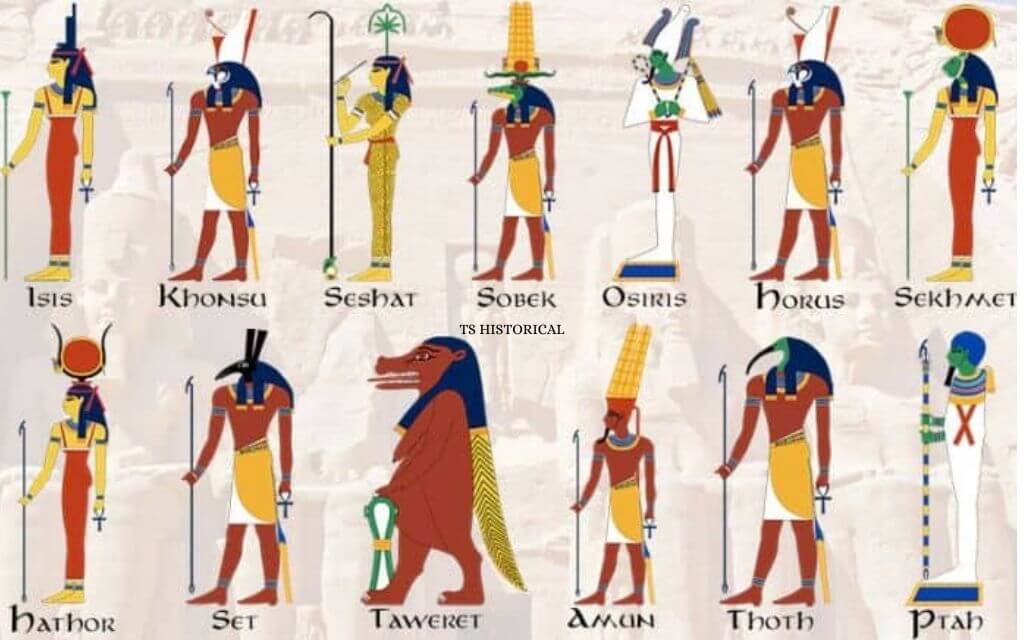
1. Ra

The most famous of the Egyptian gods are likely Ra, also known as the Sun God Ra. He has a sun disk around his head and is portrayed with the head of a falcon. He was the creator of the universe and the god of the sun, the skies, and the kings.
The sun disk is symbolic of many ideas. For the Egyptians, every sunrise and sunset brought renewal to the order of the world. They believed that Ra sailed in a boat across the skies during the day, and during the night, he sailed in it through the underworld. During his travels through the underworld, he would have a battle with a serpent called Aposis so that he could rise again. Ra merged with many different gods to form composite deities. One reason for his popularity in the Western world is the Sun Ra Arkestra, headed by Le Sony’s Ra whose cosmic philosophy and experimental music influenced many artists of his generation.
2. Ogdoad

Ogdoad Although Egyptian creation myths vary, most accounts detail eight primordial deities known as Ogdoad. The names of the eight deities in their male-female pairs are Nu and Naunet, Hehu and Hehut, Kekui and Kekiut, Qerh and Qerhet. These gods and goddesses were worshiped in the Old Kingdom of Egypt, and even though archaeologists find references to them, they think that by the time those references were compiled, no one actually remembered the deities. They were mostly restricted to theologians and probably made no genuine impact on the later-era ancient Egyptian lifestyle.
3. Ptah
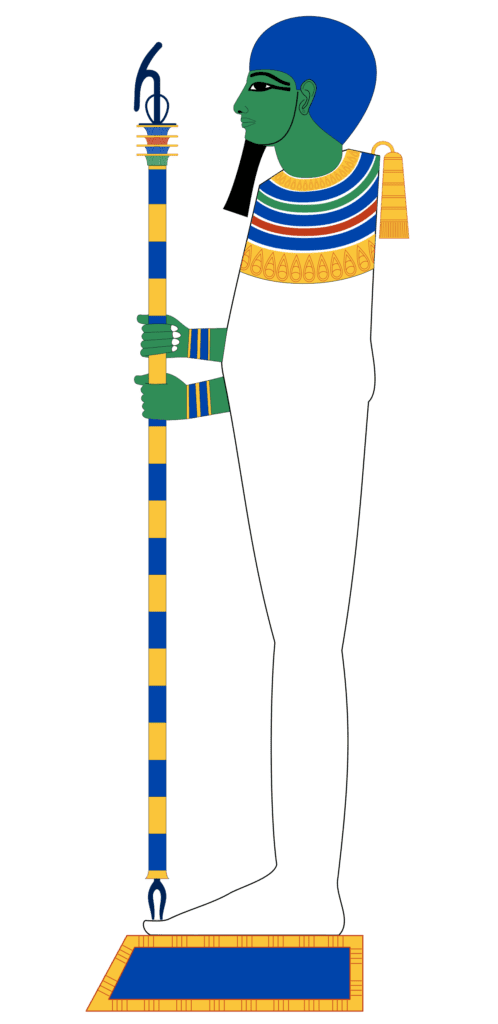
Ptah was another god of creation who was the patron deity of architects and artisans. He conceived the shape of Earth and brought the world into being with his powerful speech. According to a hymn, Ptah “crafted the world in the design of his heart.” He is often seen with a beard and carrying a scepter known as the “Was-scepter.” The god Ptah commanded a large cult whose popularity exploded through Egypt and into the eastern Mediterranean. He was the chief deity of the city of Memphis and was the husband of Sekhmet.
4. Hathor
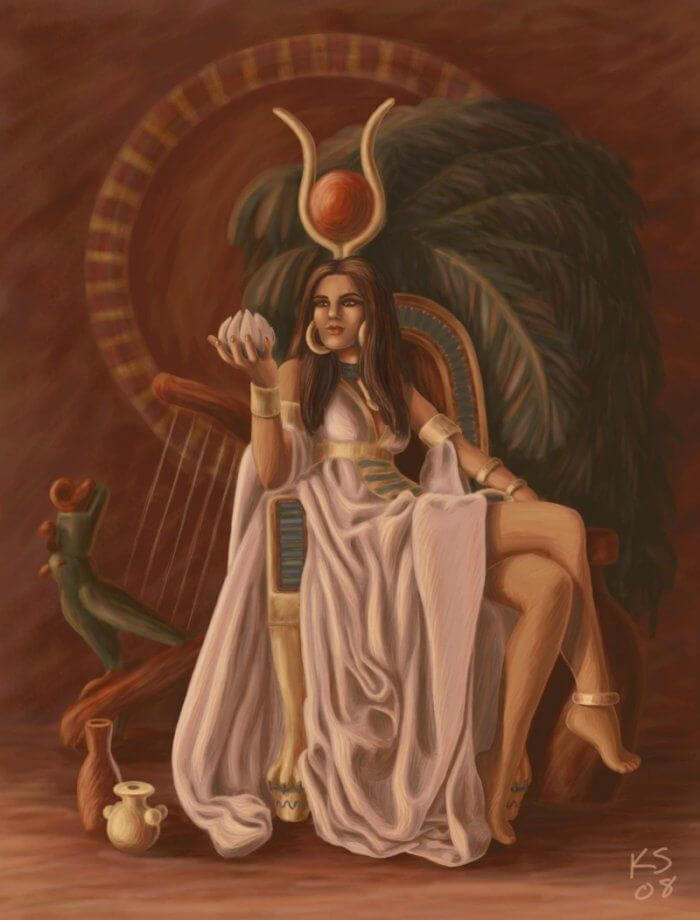
The Mistress of the West, Hathor was a sky deity and acted as the Eye of Ra. She is connected with Horus and Ra and served as the symbolic mother to the Egyptians. On the one hand, she was the epitome of femininity and love, and people celebrated her as the goddess of music and dance. On the other hand, as the feminine counterpart to Ra, she also had a vengeful side that helped her to protect him from enemies. She is depicted with the head of a cow or a woman with the ears of a cow.
5. Sekhmet
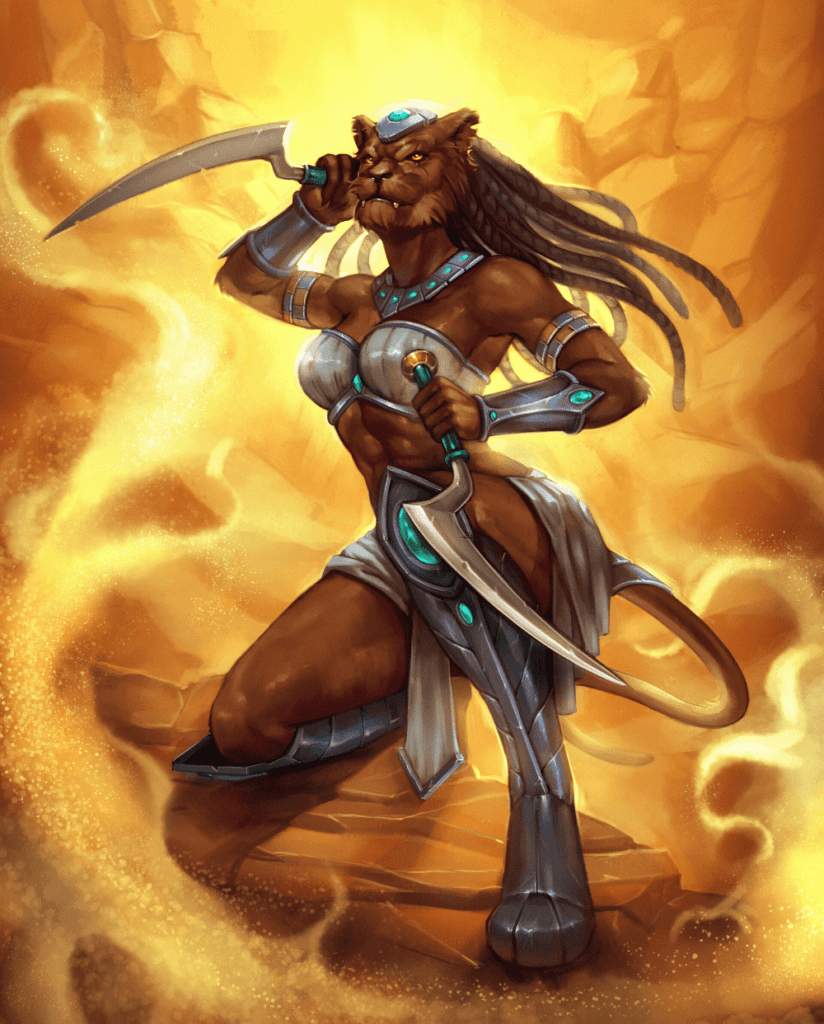
Sekhmet, the goddess of war, would destroy the enemies of Ra. She was a solar deity, and she is called the “Eye of Ra” and “Daughter of Ra,” depending on the context. In portrayals, she is seen as a lioness with a solar disk holding Uraeus, an upright cobra that signified royalty and divine authority. She is often associated with illnesses, as well as healing. As a protector of the pharaohs, she led them in wars and conflicts. Like her husband, Ptah, she was worshiped at Memphis.
6. Bastet
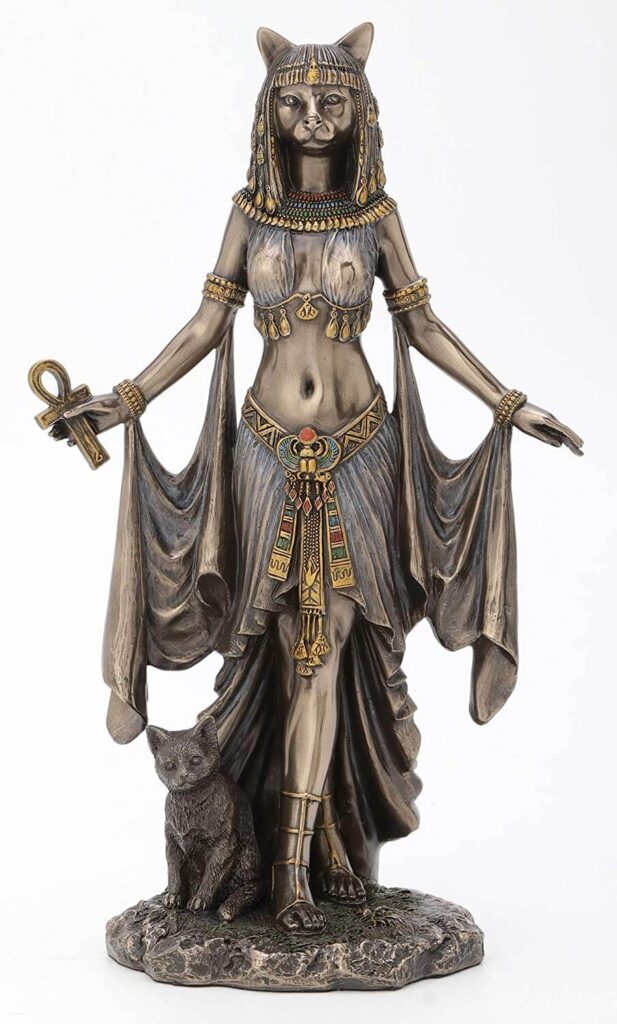
Bastet Bast, or Bastet, was the goddess of cats, childbirth, and similar domestic matters. She was known for repelling misfortune and evil from homes. As Ra’s faithful cat, Bast was similar to another cat goddess, Sekhmet, the lioness. However, Sekhmet was warrior-like and fulfilled the role of the protector, whereas Bast was a harbinger of good luck. It is quite well-known how much the Egyptians loved cats, so it should come as no surprise that Bast was highly popular in multiple epochs. People used to wear amulets with her depictions to attract good fortune.
7 & 8. Shu and Tefnut
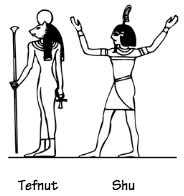
Another set of primordial gods were Shu and Tefnut. They were the children of Atum, a composite deity of Ra. Shu was the god of air, and Tefnut was the goddess of moisture. She is also considered the god of peace, lions, and wind, and he was responsible for giving the principles of life in the early stages of life. Tefnut provided the principles of the sacred order. They had two children together: Geb and Nut.
9 & 10. Geb and Nut Geb
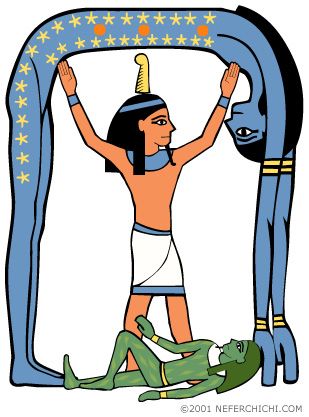
Geb and Nut the god of the dry land and snakes, and Nut, the goddess of the sky, were born entwined together. Atum, an extension of Ra, separated them, with Shu holding Nut above the earth. Even though Geb and Nut could see each other, they were not able to touch. Nut was already pregnant, and she bore several children: Osiris, Isis, Set, Nephthys, and Horus the Elder, all of whom would become important members of the Egyptian pantheon. Geb, it is believed, caused earthquakes with his laughter and retained the souls of the wicked.
11. Osiris
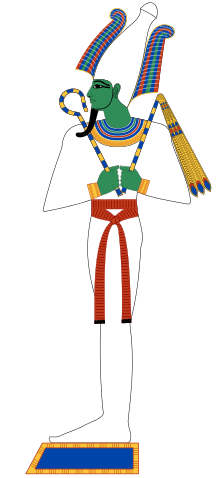
Osiris was the eldest son of Geb and Nut, and he was the god of death and rebirth. Osiris dethroned Ra, took over the world, and ruled as a great pharaoh who created the first cities and taught farming to man. In the old times, pharaohs were considered to have joined Ra after their death. After being tricked into laying in a golden coffin by his brother Set, he was sealed, cut into pieces, and sent to various places all over Egypt. Osiris’ wife, Isis, held his pieces together with cloth and put him back like a mummy.
However, Osiris could not fully return to life, so he went to the underworld where he sat and cast judgment on the souls of the dead. As the god of the underworld, Osiris is depicted with green skin and holding a crook and a flail, which would become symbols of kingship and fertility, respectively, for the Egyptians.
12. Isis
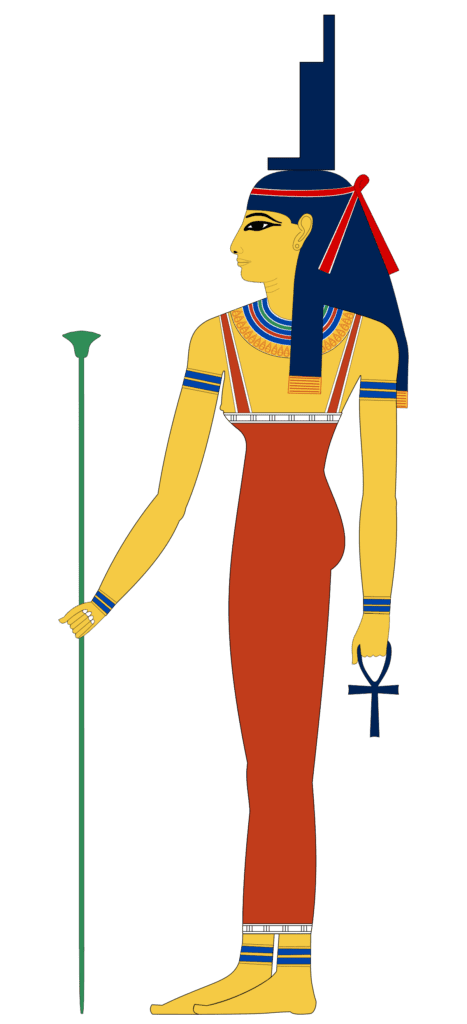
The wife of Osiris, Isis, was a major goddess who was introduced in the days of the Old Kingdom. She, along with her husband and brother, Osiris, was the most worshiped deity throughout the land. Isis is considered the mother of all pharaohs. She is remembered for many feats, like tricking Ra so that Osiris could take over his throne. After wandering through the world for so long, she collected the pieces of Osiris and put him back, but she was not satisfied. She sent their son, Horus, to avenge his father’s death.
13. Horus
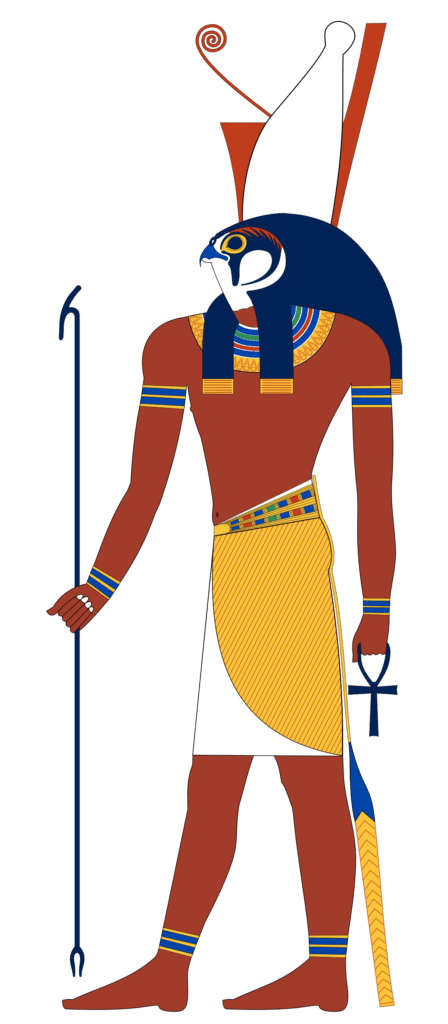
Horus was the god of kingship, vengeance, and the sky. He was the son of Osiris and Isis. Once he reached manhood, he took revenge for his father’s death by killing Set. After defeating his uncle, he became the pharaoh of Egypt; some believe he was the first divine king of Egypt. He is often depicted as a falcon or a man with a falcon head wearing a red and white crown known as pschent, which symbolized his rule over all of Egypt.
14. Set
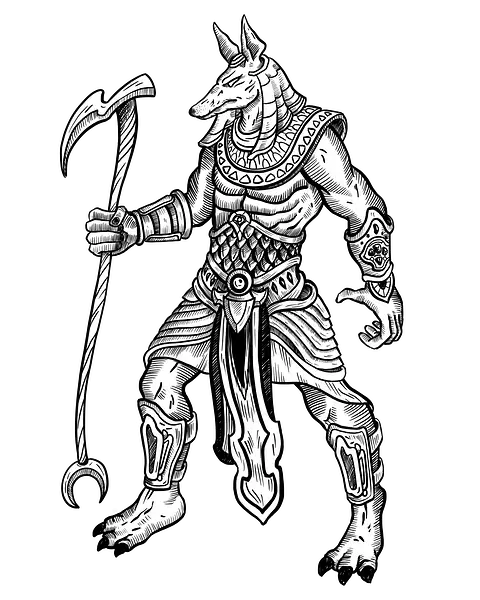
Set, the god of disorder and warfare is often contrasted with Horus, who ruled the land with order and dignity. His most well-known action is the mutilation of his brother, Osiris. After Horus ousted him, he occupied lands outside the Nile Valley, emphasizing the duality in the Egyptian tradition, as again occupied the Red Land as opposed to Horus’ Black Land.
Horus and Set are described as brothers in some versions of the myth. Set was not always hailed as the antithesis of virtue in the Egyptian religion. In the beginning, he used to accompany Ra on his boat journey and defended him against the forces of Apodosis. He is depicted with red skin and the head of an unknown animal, and he also carries the Was-scepter.
15. Nephthys

Nephthys was the wife of Set and the sister of Isis and Osiris. After Set betrayed and killed Osiris, Nephthys helped Isis collect the pieces of Osiris. Along with Isis, who she was often paired with, she was considered the goddess of funerary rites. She supposedly helped during childbirth and other critical life junctures. She was also associated with mourning, magic, and embalming, among other things. She was the mother and nurse of Anubis.
16. Anubis
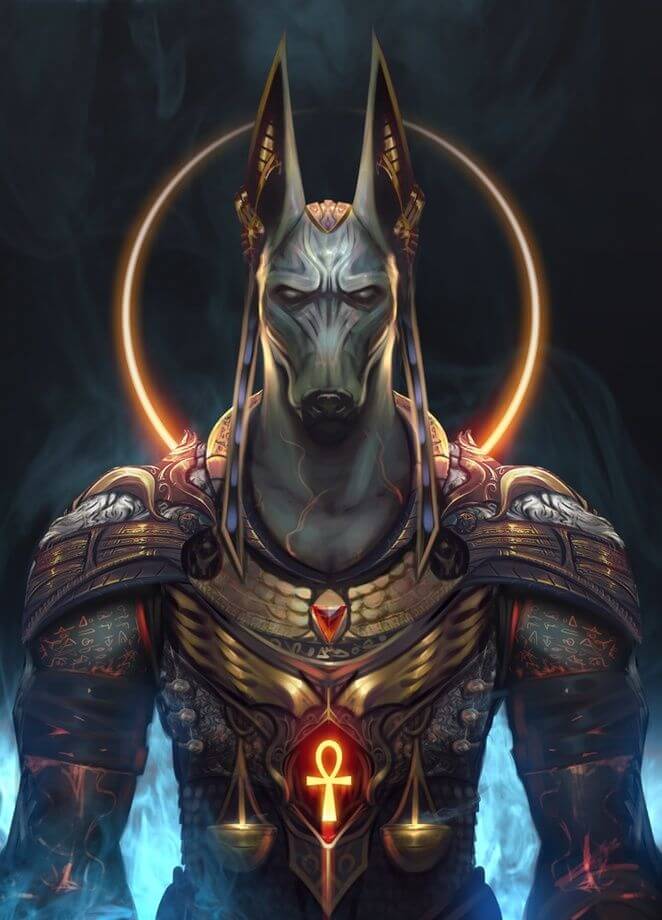
Anubis, the son of Nephthys, helped Isis make Osiris into the first mummy. Before reincarnating Osiris, Anubis was the god of funerals, embalming, the afterlife, and the underworld. He was also the patron saint of lost souls. He was one of the most important gods of the dead until the Middle Kingdom era when Osiris took over that position. From that point onward, his job became somewhat secondary to Osiris, as he assisted Osiris in the matters of the underworld.
He is attributed with the protection of tombs, the embalmment process, guiding the souls in the afterlife, and weighing their hearts against a feather, depending on the era. He is often portrayed with the blackhead of a jackal, which is his symbol. The color symbolizes the life, soil, and rejuvenation aspect of the River Nile.
17. Thoth

Thoth, the god of writing and wisdom, possessed the knowledge of magic and secrets that were hidden from the other deities. He was the patron of science, art, magic, hieroglyphs, and learning. He is credited with the invention of science and writing and is thought to be the protector of scribes. He is often seen with the face of an ibis or a baboon.
18. Mut
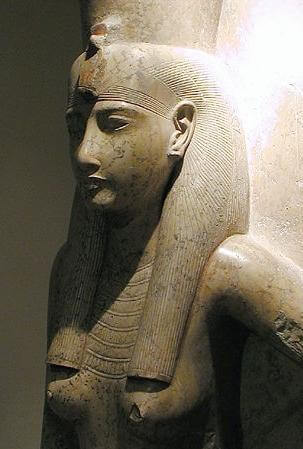
Mut was the mother goddess of Egypt. Her two crowns are an apt representation of Upper and Lower Egypt. Rigorously integrated with other gods, she is a primordial bei ng and was one of the prime goddesses of ancient times.
19. Amon
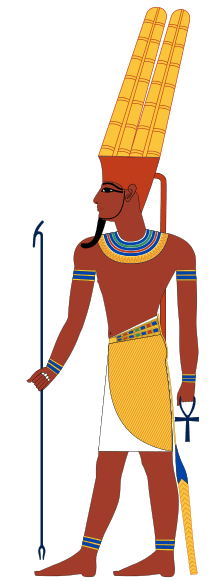
Amon was worshiped in Thebes during the New Kingdom as the god of air. He later merged with the sun god Ra to form Amon-Ra, the most powerful deity in Egypt. Amun-Ra was considered the king of all the gods and goddesses and the father of the pharaohs. Another similar composite deity was Atum-Ra, who was considered the creator of everything and who, upon having mated with his shadow, produced Shu and Tefnut.
As with all myths, the Egyptian religious hierarchy moves and breathes, almost like a living organism. Gods who are seen as the most virtuous in one era develop severe insecurities in another. As seen through myth, history continues to grow and evolve beyond time. The only ritual that transcends time is observation and wild imagination; the gods remain vivid and alive as long as someone is thinking of them.
People Also Ask?
Who is the number 1 Egyptian god?
The first ancient egyptian god name is “Ra”.
Who are the 9 major Egyptian gods?
Atum, Shu, Tefnut, Geb, Nut, Osiris, Isis, Seth, and Nephthys
How many Egyptian gods and goddesses are there in total?
Over 2000
Discover more from TS HISTORICAL
Subscribe to get the latest posts sent to your email.
